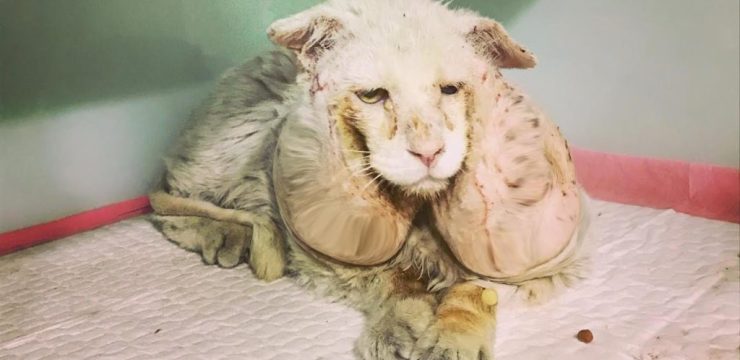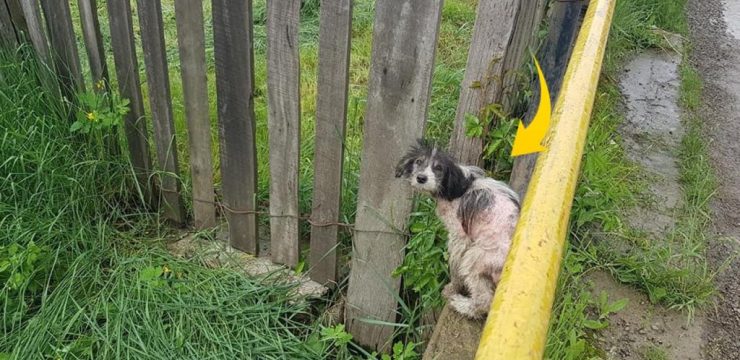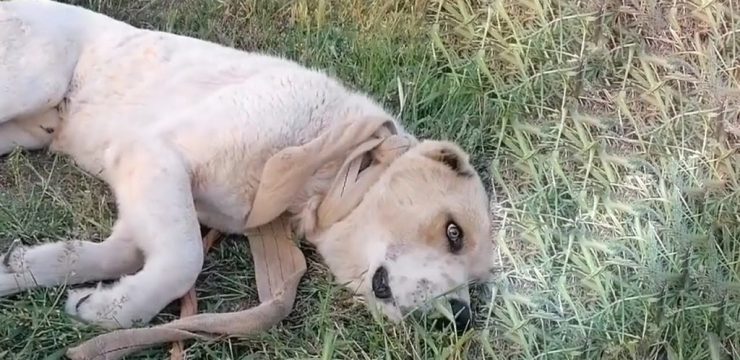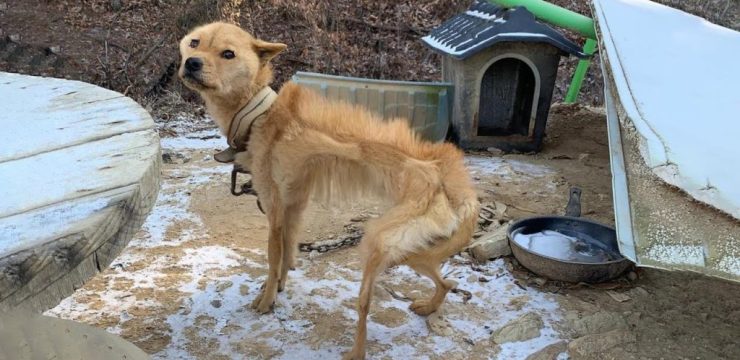In an extraordinary medical breakthrough that captured hearts around the world, a pair of conjoined twin sisters finally saw each other for the first time after being separated in a complex 16-hour surgery. The one-year-old girls were born connected at the back of their heads, their bodies facing opposite directions since birth. For the first time in their young lives, they could finally look into each other’s eyes—a moment that brought tears to everyone in the operating room.
The remarkable procedure took place in Israel and was led by renowned British neurosurgeon Noor ul Owase Jeelani of London’s Great Ormond Street Hospital. The operation required a team of 25 medical professionals, including 10 surgeons, working tirelessly through the night to give the girls a chance at independent lives.

Dr. Isaac Lazar, one of the Israeli doctors involved, described the emotional scene that followed. “It was amazing to see them look at each other for the first time,” he said. “They stared, made little noises, and tried to communicate—it was so moving. Everyone in the room felt it.”
Before the surgery, the twins were inseparable—literally and emotionally. They shared blood vessels and sections of skull tissue, making their condition one of the rarest forms of craniopagus twinning, which occurs only about 50 times worldwide each year. Tragically, around 70 percent of such twins do not survive beyond the first month of life. But thanks to medical innovation and teamwork, these girls have defied those odds.
Dr. Jeelani, who has dedicated much of his career to helping children with such conditions, traveled to Israel with his charity, Gemini Untwined, which specializes in separating conjoined twins. He explained that the moment the twins were placed into separate intensive care beds, they became agitated and restless. “But as soon as we let them touch each other again, their blood pressure dropped, and they immediately calmed down,” he said. “They still see themselves as one person—it’s hard for any of us to truly imagine that kind of bond.”
The operation was one of the most challenging surgeries imaginable. From 7 a.m. to midnight, the medical team worked with microscopic precision, as even the smallest error could have been fatal. “It was a long, intense day,” Jeelani said afterward. “I’m still recovering from it.” Yet the results made every second worth it.
Preparation for the procedure began six months before the operation. Surgeons inserted inflatable silicone expanders beneath the girls’ scalps to slowly stretch their skin, allowing enough new tissue to grow to cover the back of their heads after separation. This painstaking process ensured that once the skulls were divided, each child would have enough skin to protect her newly formed head.
When the time came, surgeons meticulously separated bone, blood vessels, and brain tissue layer by layer. Every step was guided by 3D imaging and virtual reality simulations to minimize risks and ensure both girls’ safety. It was only the fifth time Dr. Jeelani had performed such a surgery—but it makes him the most experienced surgeon in the world for this procedure.
By the end of the operation, the team was exhausted but overjoyed. “Their brains looked intact, and there’s every reason to believe they’ll go on to live normal lives,” Jeelani shared. “It’s still early, but everything went as well as we could have hoped. The girls are doing really well, and we’re absolutely delighted.”
The emotional highlight came soon after recovery, when the sisters were placed facing each other for the first time. Nurses and doctors watched as the girls locked eyes, smiled, and began making sounds—simple gestures that carried enormous meaning. After spending every moment of their lives connected yet unable to truly see one another, they were now meeting face-to-face as individuals.
Dr. Lazar called the moment unforgettable. “You could see recognition in their eyes,” he said. “They reached out as if to reassure each other. Everyone in the room was moved to tears.”
The girls’ parents, who had been preparing for this moment for months, expressed overwhelming gratitude to the international medical team. They had placed their trust—and their daughters’ futures—in the hands of strangers from across the world. Today, their family’s story stands as a symbol of hope, faith, and human ingenuity.
While recovery will take time, doctors are optimistic. Both girls are expected to develop normally and lead healthy, independent lives. For now, they remain under close observation, surrounded by love and medical care.
As for Dr. Jeelani, he returned to London just days later to resume his regular work schedule at Great Ormond Street Hospital. But the experience left an indelible mark. “Each time we do this, it feels like witnessing a small miracle,” he said. “To take two lives so deeply intertwined and give them the freedom to experience the world independently—it’s beyond words.”
This historic operation, performed with compassion and precision, marks another milestone in modern medicine. What began as an impossible dream for one family has now become a testament to global collaboration, cutting-edge science, and the unbreakable bond between two sisters who, after everything they’ve endured, can finally face each other—eye to eye, heart to heart.





